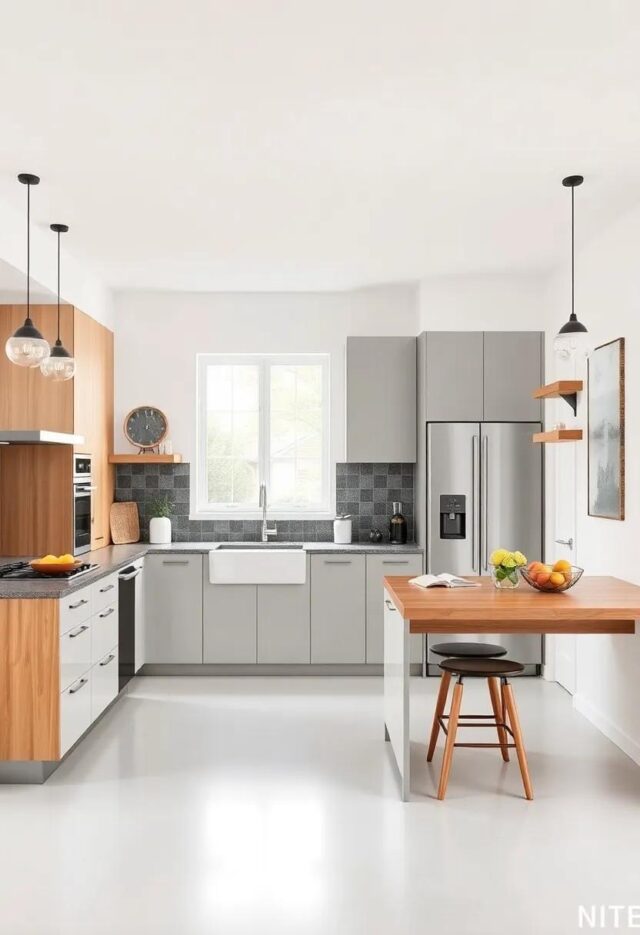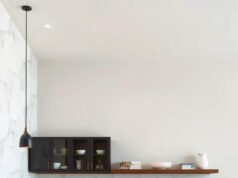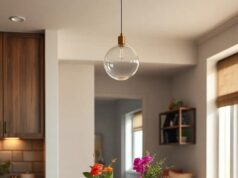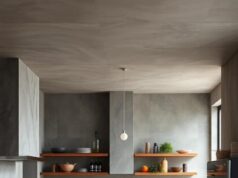In an era marked by rapid technological advancements and ever-shifting trends, one design aesthetic has managed to transcend the tides of time with remarkable grace: midcentury modern. Characterized by clean lines,organic forms,and a harmonious blend of functionality and beauty,this design movement has seen a resurgence in recent years,particularly in the heart of the home—the kitchen. Embracing timeless charm, midcentury modern kitchen design invites nostalgia while promoting a sense of effortless elegance. It evokes memories of sun-drenched afternoons spent with family and friends, crafting meals amidst an atmosphere of creativity and comfort. In this article, we will explore the enduring allure of midcentury modern kitchens, delving into the key elements that define this iconic style and how it continues to inspire contemporary home design. Join us as we uncover the secrets to creating spaces that are not just stylish, but also rich in character and history, where the past and present seamlessly intertwine.
Exploring the Clean Lines and Minimal Aesthetics of Midcentury Modern Kitchens
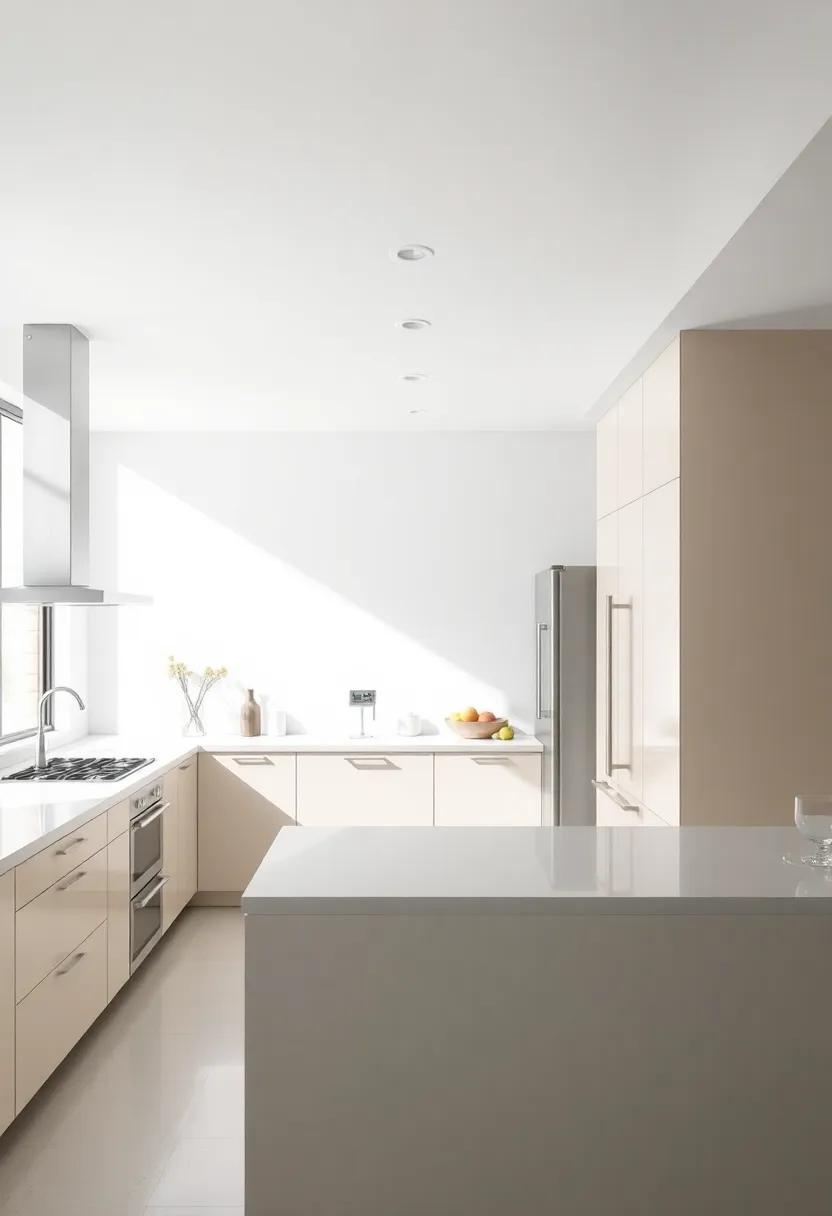
The essence of midcentury modern kitchens lies in their clean lines and functional beauty. Characterized by minimal ornamentation, these spaces reflect a philosophy that embraces simplicity and practicality.A typical midcentury kitchen exudes an airy quality,frequently enough achieved through the use of large windows that invite natural light,enhancing the open layout that is a hallmark of the era. Key elements include:
- Streamlined cabinetry: Flat-front cabinets with minimal hardware promote an uncluttered appearance.
- Bold color palettes: Earthy tones or vibrant splashes of color complement the wooden elements and enhance the aesthetic.
- Functional layouts: Efficient designs that prioritize workflow, ensuring that every inch has a purpose.
The midcentury modern aesthetic extends to the choice of materials, embracing natural textures like wood, stone, and metal. This design philosophy not only emphasizes beauty but also durability and sustainability, aligning with contemporary values. Accent pieces such as iconic pendant lights and geometric patterns introduce visual interest while maintaining the clean aesthetic. Furthermore,the integration of appliances into cabinetry ensures a cohesive look. Here’s a rapid comparison of key materials often used in these kitchens:
| material | Characteristics |
|---|---|
| Wood | Warmth, texture, and organic appeal |
| Stainless Steel | Durability, sleekness, and modernity |
| Stone | Elegance, timelessness, and functionality |
Capturing the Essence of Bold Colors and Textures in Kitchen Design
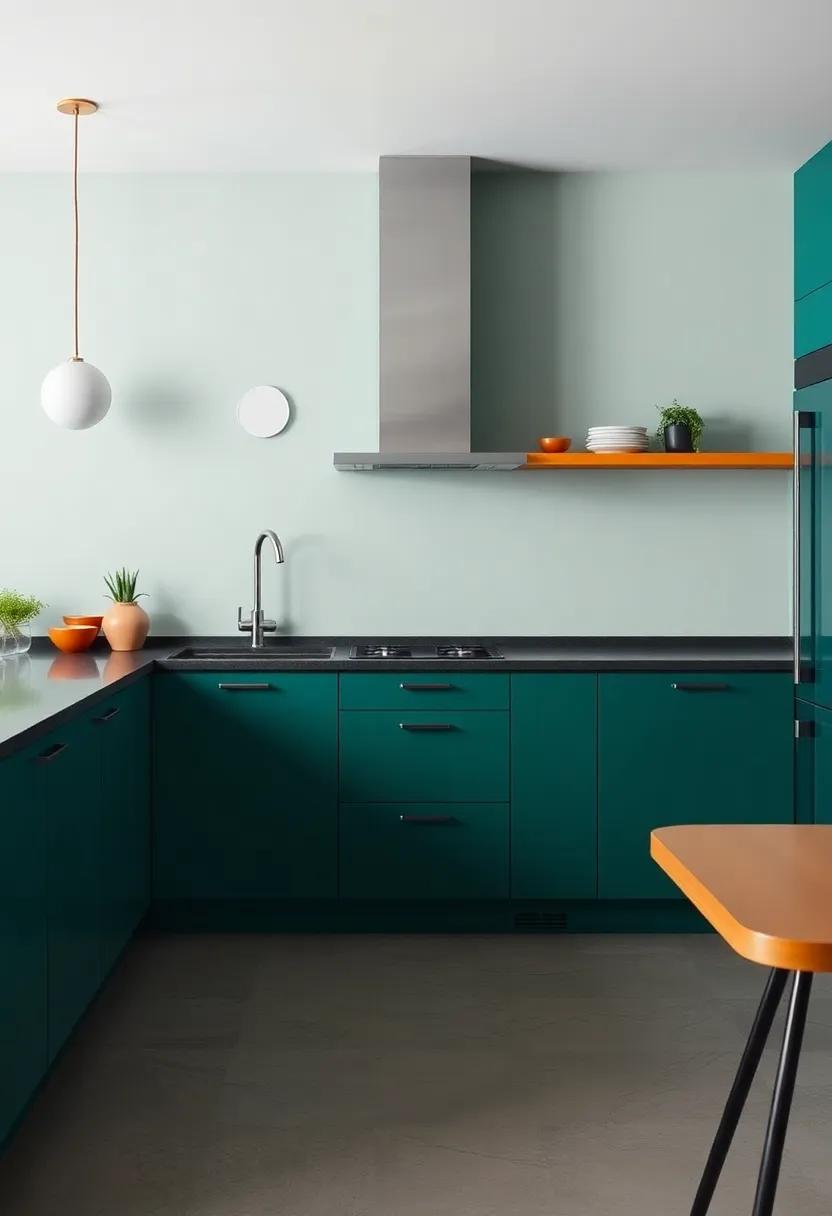
In midcentury modern kitchens, bold colors and textures don’t just serve aesthetic purposes; they evoke a sense of warmth and invitation. Imagine rich teals, vibrant mustards, and deep oranges that can brighten even the most utilitarian of spaces. These palettes help create a dynamic interplay between cabinetry, walls, and flooring, making each element distinct yet harmonious. complementing these colors with natural wood finishes or sleek chrome accents enhances visual interest and emphasizes the era’s love for both form and function.
The use of texture further elevates the kitchen experience, making it tactile and engaging. From the smooth surfaces of retro appliances to the rough-hewn beauty of reclaimed wood countertops, every touchpoint can narrate a story. Patterns in tile backsplashes add depth and intricacy, while open shelving can showcase colorful dishware, allowing for a play of light and shadow. As midcentury design encourages a seamless connection with nature, incorporating elements like ceramic pots or houseplants can harmonize the bold color palette with organic textures, creating a kitchen that feels both lively and alive.
Showcasing Iconic Furniture Pieces That Define Midcentury Modern Style
![]()
When it comes to midcentury modern kitchen design, certain furniture pieces have become timeless symbols of the era’s allure. Exemplary of this style are the iconic dining chairs that seamlessly blend form and function. Eames molded plastic chairs and Finn Juhl’s Brasilia dining set showcase sleek lines and organic shapes, inviting cozy gatherings while maintaining an aesthetic appeal. These pieces often feature materials such as molded wood and vibrant upholstery, allowing for a dialog between visual interest and practical use.
Incorporating classic cabinetry and statement islands further enhances the midcentury modern theme. Consider the Cattelan Italia’s Arco table, a stunning centerpiece designed to celebrate openness and light. One cannot overlook the soft hues and rich wood finishes that define the cabinetry of this period, frequently enhanced by bold accents such as brass hardware or colorful backsplash tiles. Together, these elements create a cohesive habitat that is both stylish and inviting, making the kitchen a true heart of the home.
Creating Functional Spaces: The Art of Open Layouts in Kitchen Design
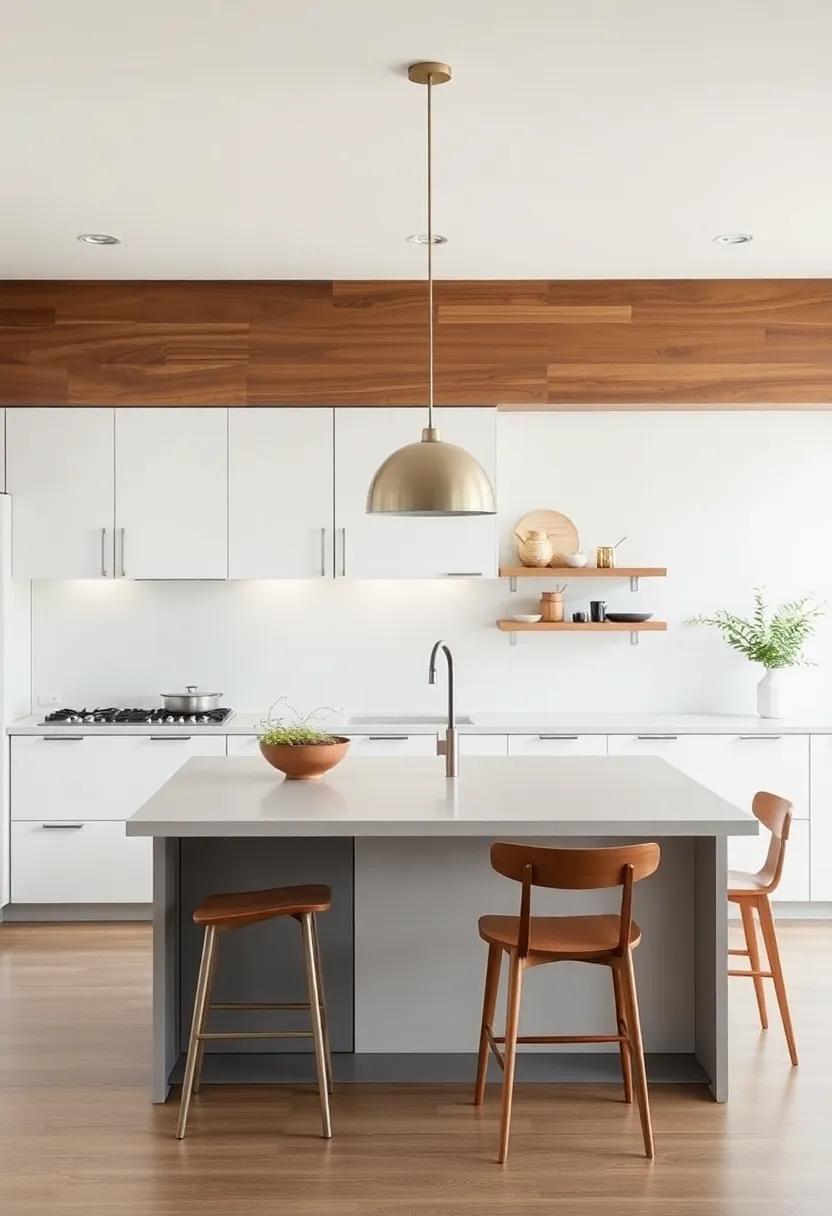
One of the most captivating aspects of midcentury modern kitchen design is the seamless integration of functionality and form. Open layouts create an inviting atmosphere that encourages interaction among family and friends while allowing the cook to remain part of the conversation. This style embraces clean lines, natural light, and a harmonious blend of materials that embody the essence of the era. Elements such as sliding doors and retractable partitions can enhance this open concept, allowing for adaptability and versatile use of space.
In designing a midcentury kitchen, consider incorporating essential features that reflect both the period’s charm and modern requirements:
- Bold Color Palettes: Use vibrant hues that complement the wood and metal finishes.
- Streamlined Appliances: Opt for built-in,unobtrusive appliances that align with the stylish contours.
- Enduring Materials: Make eco-friendly choices to resonate with the era’s thankfulness for natural beauty.
- Functional Furnishings: Select furniture that doubles as storage without compromising style.
| Feature | Description |
|---|---|
| Open Shelving | Showcases dishware and adds a decorative element. |
| Center Islands | Provides extra prep space and gathering opportunities. |
| Natural Light | Large windows that enhance openness and visibility. |
incorporating Natural Materials for an Authentic Midcentury Feel

Incorporating natural materials into your kitchen design not only enhances the aesthetics but also speaks to the organic embrace of midcentury modern principles. Elements like wooden cabinetry, stone countertops, and woven textiles can transport your kitchen back to a time where simplicity and craftsmanship reigned supreme. Opting for walnut or oak finishes on cabinets brings warmth to the space, while a marble or slate countertop adds a complex touch, bridging functionality with timeless elegance.
To fully capture the essence of the era, consider using a mix of textiles and patterns that reflect the outdoor inspirations of the mid-20th century.fabrics featuring floral or geometric prints for curtains or seat cushions can complement the natural materials beautifully. Additionally, adding a few potted plants or herb gardens can naturally lighten the mood and introduce a bit of greenery. Here’s a quick comparison of natural materials that can elevate your kitchen’s charm:
| Material | Benefits |
|---|---|
| wood | Warmth, timeless appeal, and durability. |
| Stone | Uniqueness, resilience, and elegance. |
| Textiles | Softens hard surfaces,adds color and pattern. |
| Glass | Openness,light reflection,and modern contrast. |
Emphasizing Earthy Tones: color Palettes that Evoke Midcentury Vibes
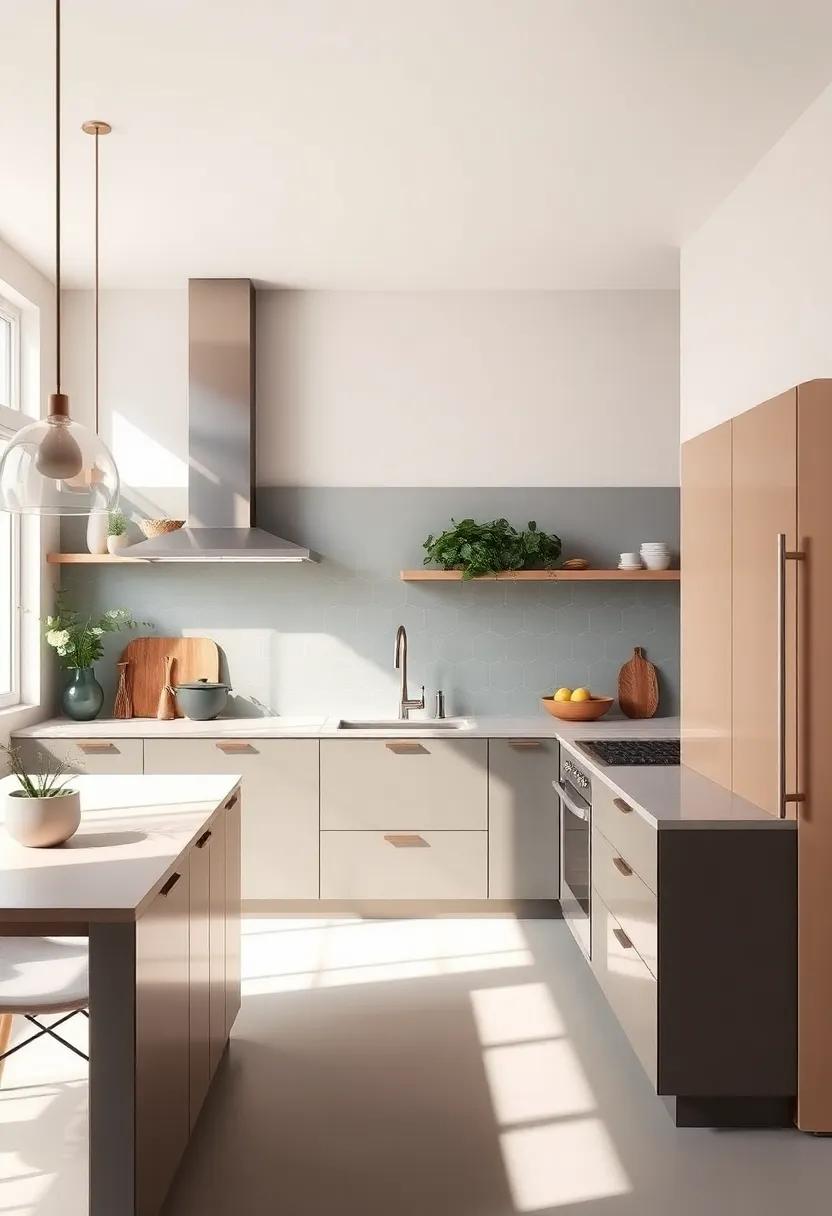
Integrating earthy tones into your midcentury modern kitchen can create an ambiance that pulls from nature while celebrating simplicity. Notable hues that exude comfort and warmth include terracotta, olive green, and muted mustard.These colors can be paired with soft neutrals like cream or beige to provide a balanced palette that invites relaxation and encourages culinary creativity. One of the hallmarks of midcentury design is its ability to harmonize bold colors with understated elements, allowing each shade to breathe life into the space without overwhelming it.
To enhance the earthy tone palette, consider incorporating materials that mirror these colors. Wooden accents and natural stone surfaces can elevate the aesthetic, while vintage appliances in classic hues can add a nostalgic touch. Some popular combinations to consider include:
- Warm terracotta with crisp white for a stunning contrast.
- Olive green paired with sandy beige for a natural, earthy vibe.
- Muted mustard with rich walnut to invoke a retro flair.
| Color | Emotional Impact |
|---|---|
| Terracotta | Warmth & Comfort |
| Olive Green | Calming & Grounding |
| Muted Mustard | Cheerful & Inviting |
Integrating Vintage Appliances to Enhance midcentury Modern Appeal
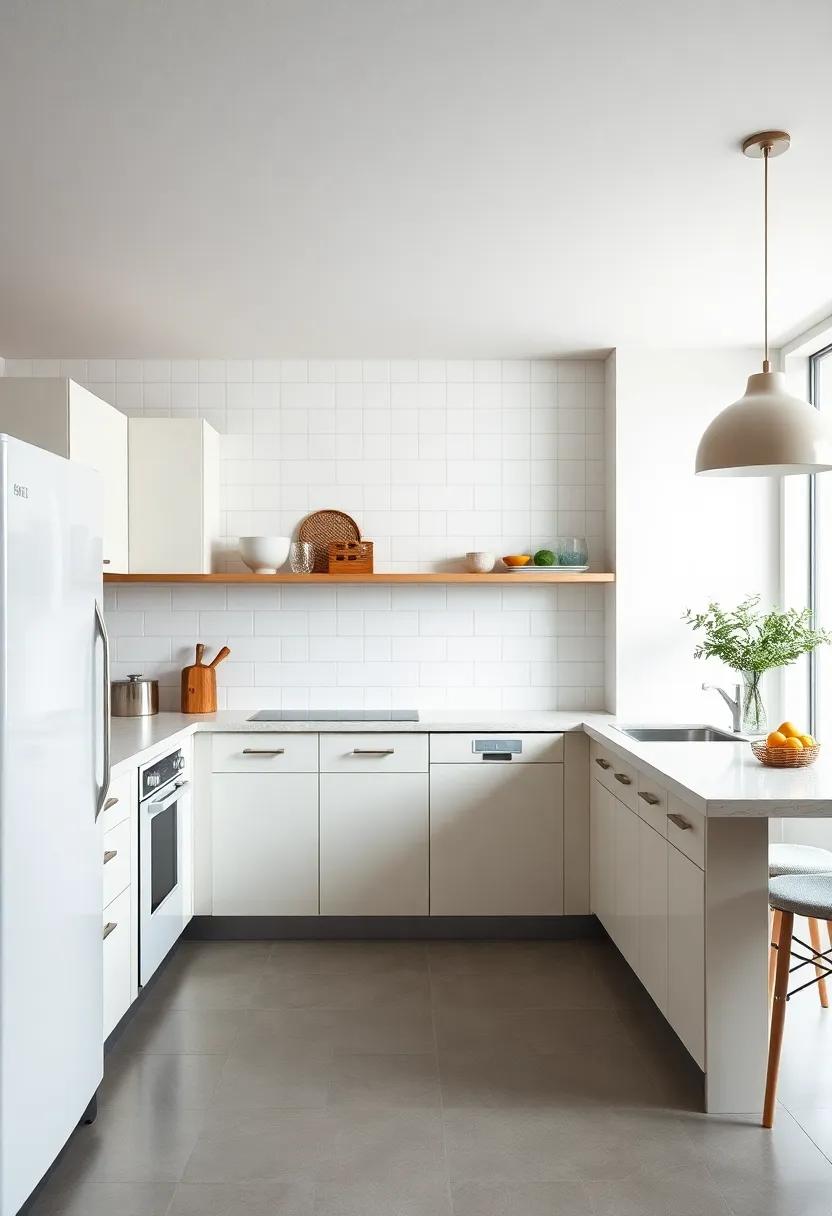
Incorporating vintage appliances into your kitchen design is a brilliant way to capture the essence of midcentury modern aesthetics. These appliances not only offer unique charm but also reflect the functional designs of the era. When selecting vintage items, consider color, style, and resources; each aspect contributes to a cohesive look that speaks to the innovative spirit of the midcentury. Here are some appliance types that can enhance your design:
- Retro Refrigerators: Frequently enough in vibrant hues or classic white, they add a pop of nostalgia.
- Classic Ovens: Freestanding ranges with rounded edges embody the playful simplicity of the era.
- Dishwashers: Vintage models maintain a design unity while bringing practicality.
To seamlessly integrate these pieces, consider using a color palette inspired by the 1950s and 1960s. Bright pastels mixed with muted earth tones can create a balanced atmosphere that complements both vintage and contemporary styles.Pairing these appliances with thoughtful decor choices like wooden accents, geometric patterns, and open shelving can create a spectacular visual narrative. For clarity, here’s a quick comparison of modern versus vintage appliance features:
| Feature | Vintage Appliances | Modern Appliances |
|---|---|---|
| Design | Iconic, bold shapes | Sleek, minimalist |
| Material | Metal, enamel finishes | Stainless steel, plastic |
| Functionality | Basic, easy to repair | Smart, high-tech features |
Highlighting Innovative Storage Solutions from the Midcentury Era
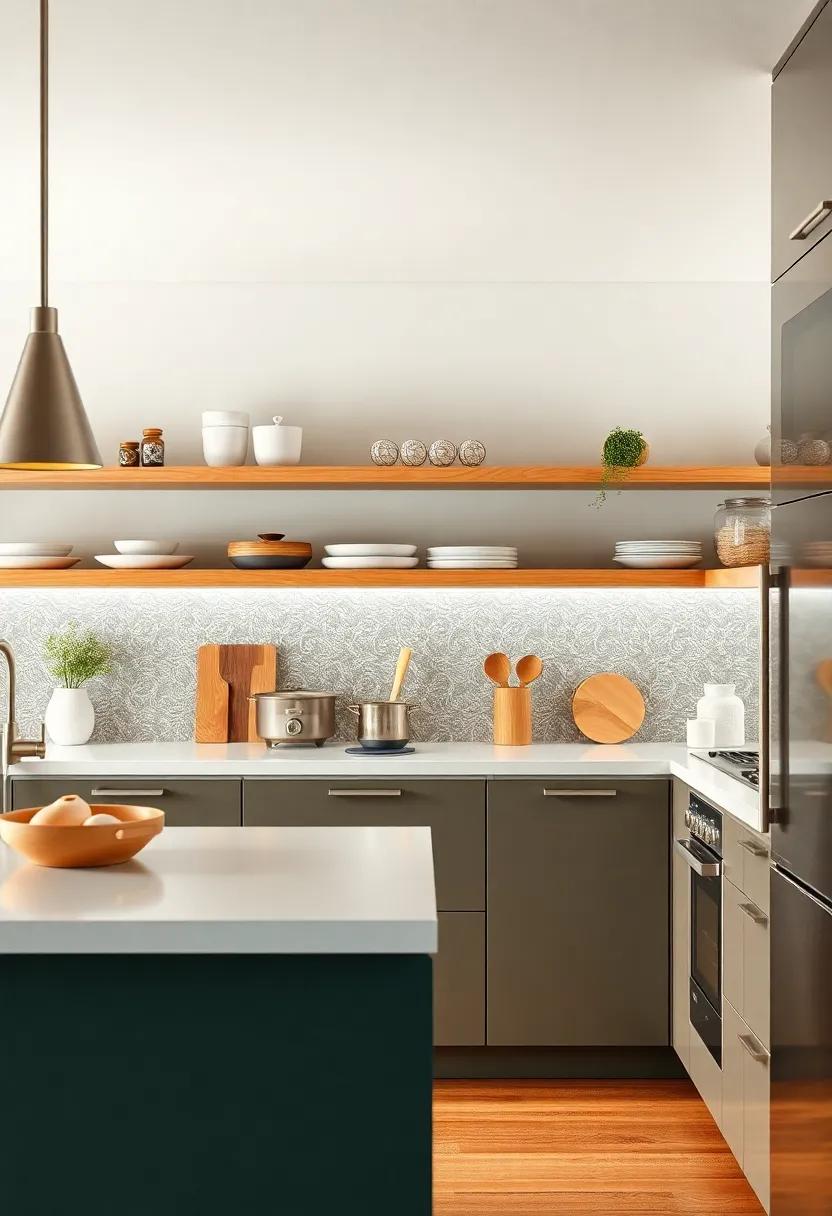
During the midcentury era,kitchen design took a leap forward with innovative storage solutions that prioritized both functionality and style. The era embraced an open-plan concept, allowing for seamless integration of kitchen and living spaces. Sleek cabinetry with minimalist lines featured built-in shelves and units crafted to maximize storage while maintaining a clean aesthetic. Open shelving became a popular choice,showcasing beautifully arranged dishware,spices,and cookbooks,while also encouraging a sense of accessibility. Smart corner cabinets and pull-out drawers were designed to utilize every inch of space efficiently; no corner was left unused, creating a sense of organized chaos that was both visually appealing and practical.
In addition to cabinetry innovations, the introduction of modular furniture offered adaptable solutions for kitchen organization. The use of carts and islands not only provided additional storage but also served as multifunctional workspaces.Many midcentury kitchens featured lazy Susans and pull-out bins, allowing for easy access to essentials. This thoughtful approach to storage was rooted in the belief that kitchens should foster both culinary creativity and social interaction. A highlight of this design philosophy was the incorporation of materials such as laminate finishes and plywood, which were not only cost-effective but also brought warmth and charm into the kitchen space.
Designing sustainable Kitchens with Midcentury Modern Principles
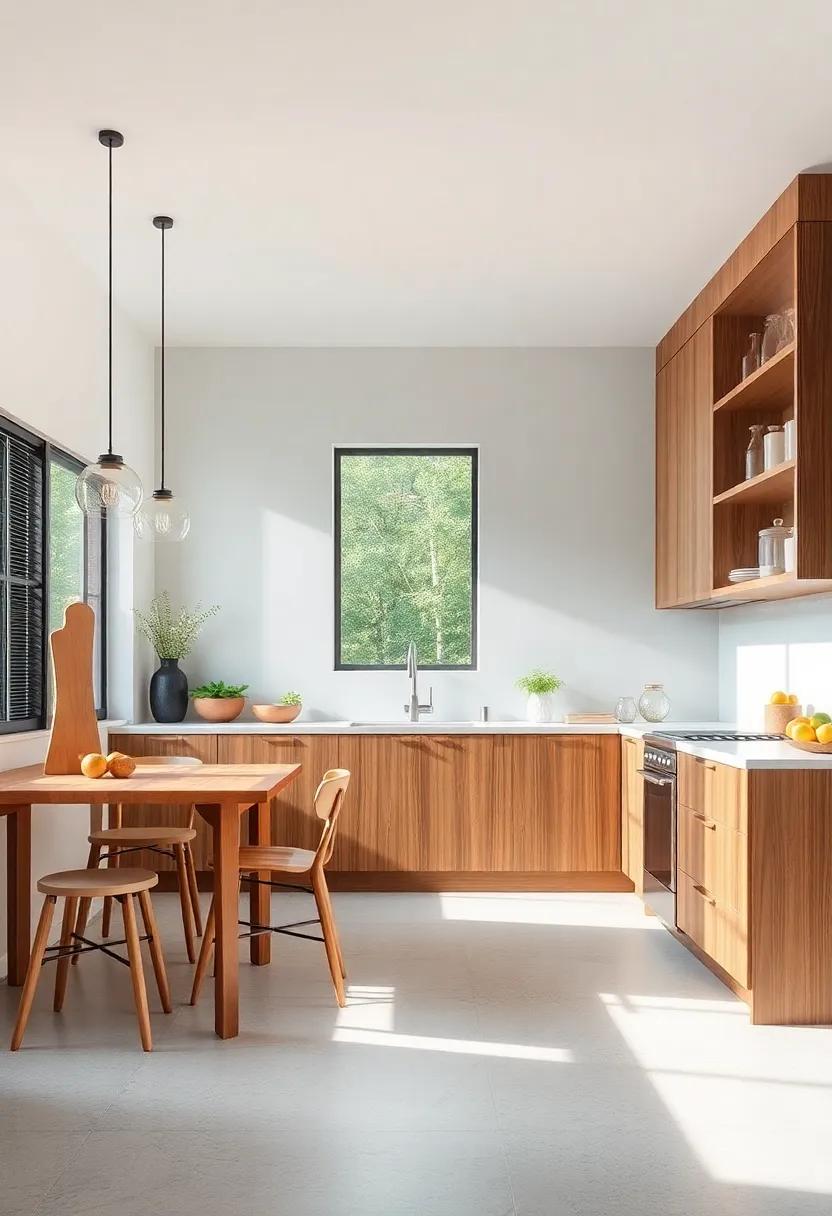
The beauty of a midcentury modern kitchen lies in its seamless blend of functionality and aesthetics, creating an environment that is both inviting and efficient. To make these spaces sustainable,one can draw inspiration from the principles of this iconic design movement,focusing on natural materials and optimizing space without compromising on style. Incorporating elements such as reclaimed wood cabinetry and energy-efficient appliances can contribute to an eco-friendly atmosphere, while geometric patterns and vibrant colors breathe life into the room, maintaining that signature retro charm.
In designing a sustainable kitchen, consider these essential features:
- open Layout: Encourage airflow and natural light, reducing the need for artificial lighting.
- Eco-friendly Materials: Use bamboo countertops or recycled glass backsplashes to minimize environmental impact.
- Smart Storage Solutions: Implement built-in shelving to maximize space while reducing clutter.
- Energy-efficient appliances: Choose modern, sleek fixtures designed to consume less energy while providing optimal performance.
| Feature | Benefit |
|---|---|
| Natural Lighting | Reduces energy consumption and enhances mood. |
| Sustainable Materials | Less harmful to the environment and frequently enough more durable. |
| Open Shelving | Encourages organization and decorative opportunities. |
Celebrating Handcrafted Elements that Enhance Kitchen charm
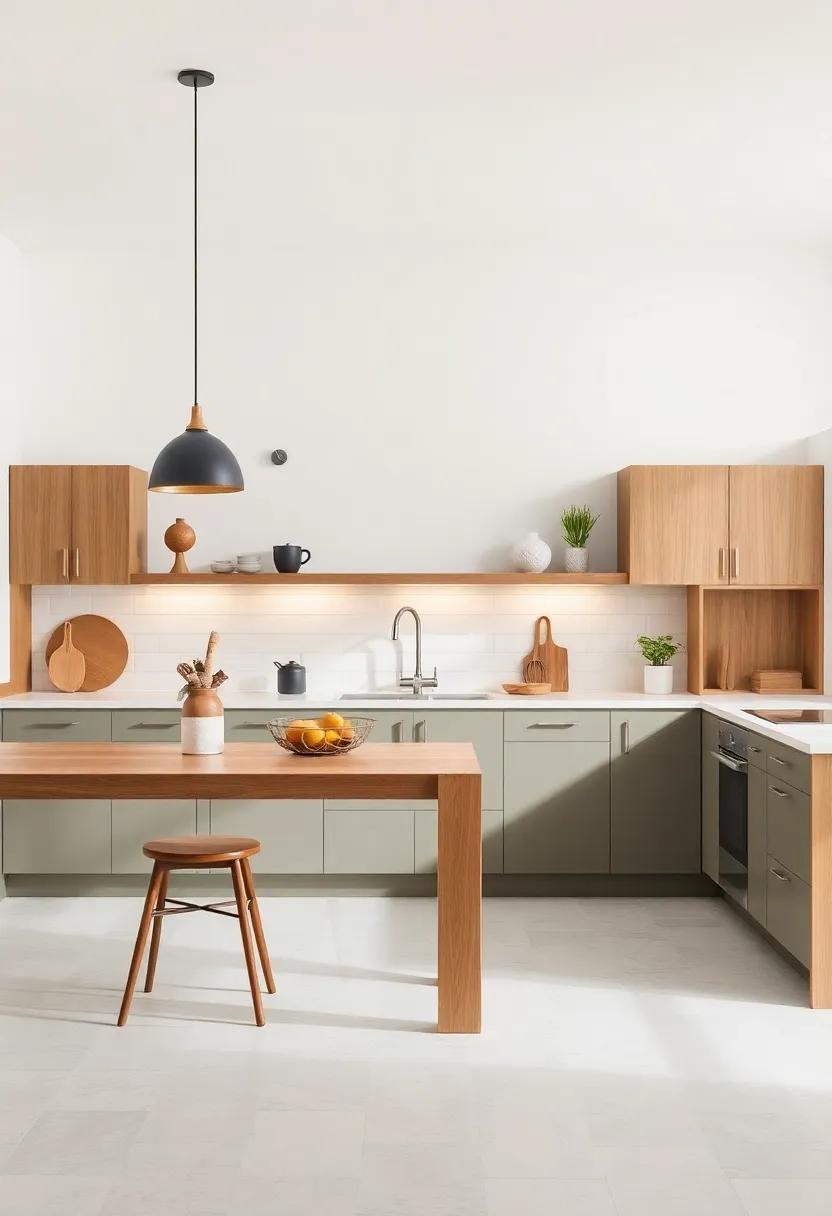
handcrafted elements bring a unique touch to kitchen design, and in midcentury modern aesthetics, they serve as focal points that infuse warmth and character.These pieces frequently enough showcase the artistry of skilled artisans who meticulously create items that are not only functional but also visually captivating. Consider integrating the following handcrafted items to elevate your kitchen’s charm:
- Custom Wooden Utensils: Beautifully carved spoons and spatulas add a rustic touch.
- Handmade Pottery: Unique serving bowls and dishes bring personality and color to the table.
- original Artwork: Local art or photography can create a gallery feel while celebrating regional craftsmanship.
- Textiles: Handwoven or hand-stitched aprons and towels offer warmth and texture, inviting you into the space.
While modern kitchens may emphasize clean lines and minimalism, embracing handcrafted items speaks to a richer narrative. These elements can serve as conversation starters and reminders of artistry in everyday life, allowing you to savor moments spent in the heart of the home. A simple table showcasing various materials can highlight the craftsmanship:
| Material | Usage | Artisan Source |
|---|---|---|
| Wood | Utensils & Cutting Boards | Local Carpenter |
| Ceramics | Dinnerware & Vases | Studio Pottery |
| Textiles | Aprons & Towels | Handloom Weavers |
Utilizing Artistic Lighting Fixtures to Elevate Midcentury Modern Design
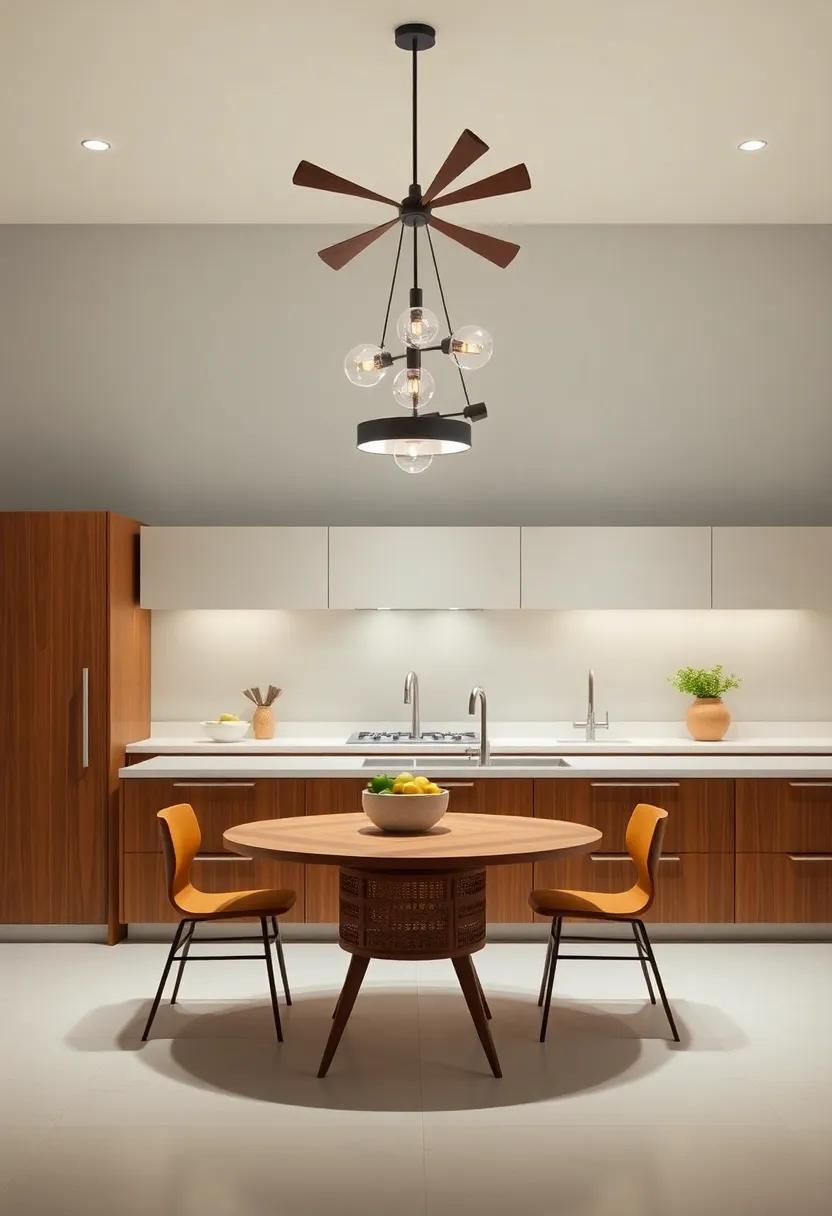
When it comes to honoring the timeless aesthetics of midcentury modern kitchens, artistic lighting fixtures play a pivotal role. these pieces serve as more than just sources of illumination; they are integral design elements that can drastically enhance the ambiance and overall aesthetic. Choose fixtures that feature clean lines and organic shapes, reminiscent of the era, with materials such as polished brass or matte black to create that perfect contrast. Consider incorporating the following types of lighting to make a statement:
- Pendant Lights: Hang above kitchen islands or dining spaces for a bold focal point.
- Wall Sconces: Add character and warmth to spaces, especially in cozy nooks.
- Chandeliers: Opt for geometric designs that are reminiscent of midcentury forms, perfect for drawing the eye.
To fully appreciate their impact, it’s essential to think about layering light throughout the kitchen. Use ambient lighting for overall brightness, accent lighting to highlight artwork or architectural features, and task lighting for work areas. by carefully selecting a combination of these, you can create a harmonious flow that underscores the midcentury ethos of simplicity and elegance.Consider the following practical elements to maximize the effect:
| Lighting Type | Placement | design Tips |
|---|---|---|
| Pendant Lights | Above island | Choose oversized designs for dramatic effect. |
| Wall Sconces | Nooks or corridors | Use in pairs for symmetry and balance. |
| chandeliers | Dining area | Opt for midcentury-inspired geometric designs. |
Focusing on Minimalist Decor to Foster a Timeless Kitchen Atmosphere

Creating a kitchen that resonates with a sense of timeless charm involves embracing the essence of minimalist decor. In this approach, clutter is stripped away, allowing essential items to shine and serve as elegant focal points. Key elements include:
- Neutral Color Palette: Soft shades such as whites, beiges, and muted pastels set a serene backdrop.
- Natural Materials: Incorporate wood, stone, and metal to add warmth and texture while maintaining simplicity.
- Functional Design: Prioritize pieces that are not only lovely but serve a practical purpose, ensuring the space remains organized.
The charming simplicity of midcentury modern design enhances the kitchen’s atmosphere by focusing on clean lines and geometric shapes. This style naturally fosters an inviting ambiance, making it ideal for both cooking and gathering. Consider integrating:
| design Element | Description |
|---|---|
| Open Shelving | Showcases beautiful dishware and allows for ease of access. |
| Streamlined Fixtures | Faucets and cabinet handles with simple hardware lend an understated elegance. |
| Artistic Lighting | Unique pendant lights can serve as statement pieces while illuminating the space. |
Bringing the Outdoors In: The Role of Large Windows and Views
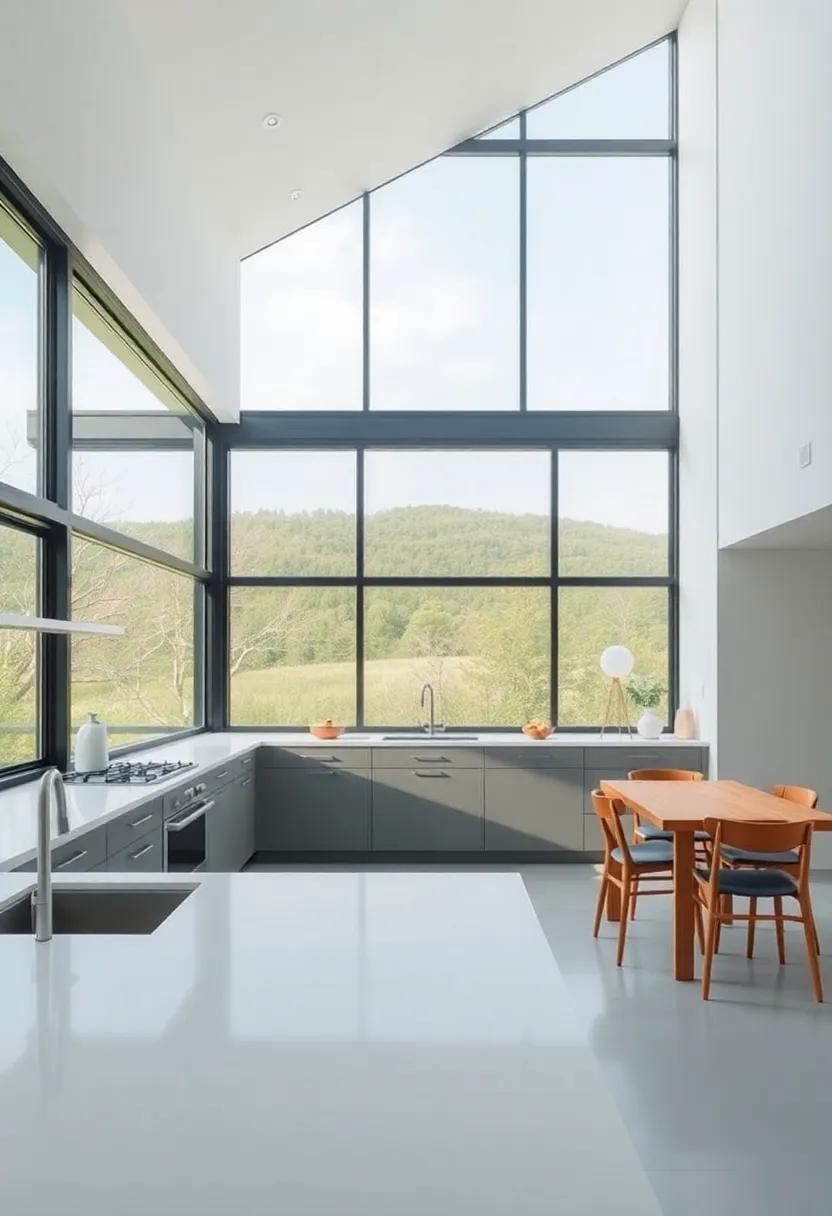
Incorporating large windows into midcentury modern kitchens creates an inviting atmosphere that seamlessly blends the indoors with the natural world. These expansive glass panels not only flood the kitchen with natural light but also serve as a dynamic canvas that changes with the seasons. Homeowners can enjoy stunning views of lush gardens, rolling hills, or vibrant cityscapes, enhancing the culinary experience in subtle yet significant ways. This architectural choice emphasizes the open layout typical of midcentury design, cultivating a sense of spacious freedom and tranquility within the home.
The aesthetics of natural light and external views are further complemented by carefully selected furnishings and finishes. When integrating large windows, consider these elements for a harmonious environment:
- Color Schemes: Soft, earthy tones that reflect the outside scenery can create a cohesive feel.
- Materials: Using natural materials such as wood or stone creates a connection to the landscape while maintaining a sophisticated look.
- Decor: Minimalistic decor allows the views to take center stage without overwhelming the space.
By merging aesthetics with functionality, midcentury modern kitchens that embrace large windows not only enhance visibility but also promote a lifestyle that celebrates nature. The interplay of design and environment manifests a sanctuary where cooking becomes a sensory experience, fostering a deep appreciation for the outdoors—no matter the weather.
Curating art and Accessories that Reflect Midcentury Modern Aesthetics
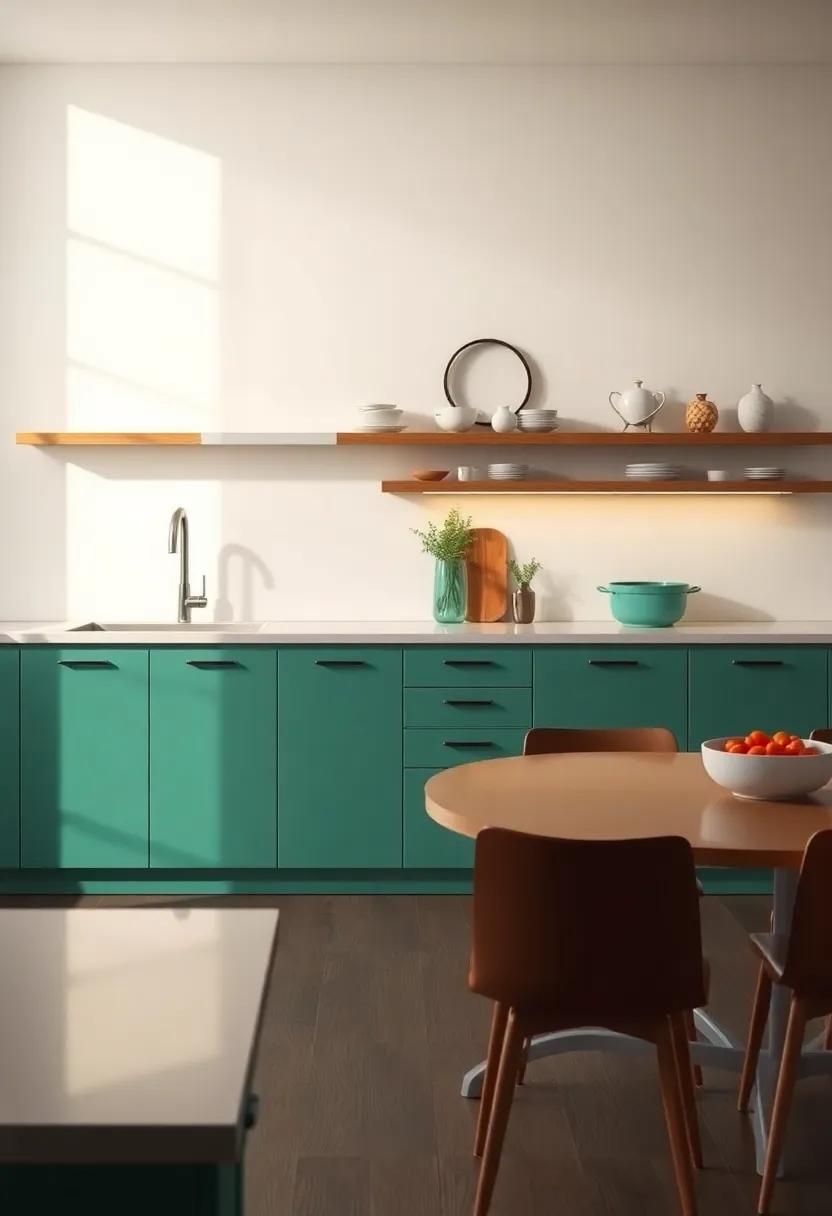
Midcentury modern design is renowned for its ability to blend functionality with artistic expression. When curating art and accessories that encapsulate this aesthetic, consider incorporating pieces that exhibit clean lines, organic shapes, and a vibrant palette. Opt for bold, abstract paintings that can serve as statement pieces on your kitchen walls, or select ceramic sculptures that reflect the era’s love for craftsmanship and form. Accessories like vintage cookbooks or retro kitchen gadgets can not only serve practical purposes but also act as excellent conversation starters, inviting warmth and nostalgia into your culinary space.
Integrating textiles with geometric patterns,such as table runners,placemats,or cushions,can enhance the midcentury modern vibe while ensuring comfort and style. Consider a carefully placed vintage clock or an Eames-style chair as focal points in your kitchen, showcasing key elements of the era’s design ethos. You might also want to explore the introduction of natural materials, such as wooden bowls or stoneware dishes, which evoke the tranquil simplicity of midcentury aesthetics. For a cohesive look, aim to maintain a balance of color and texture, allowing every curated accessory to contribute to an inviting and timeless environment.
Exploring the Importance of Symmetry and Balance in Kitchen Layouts
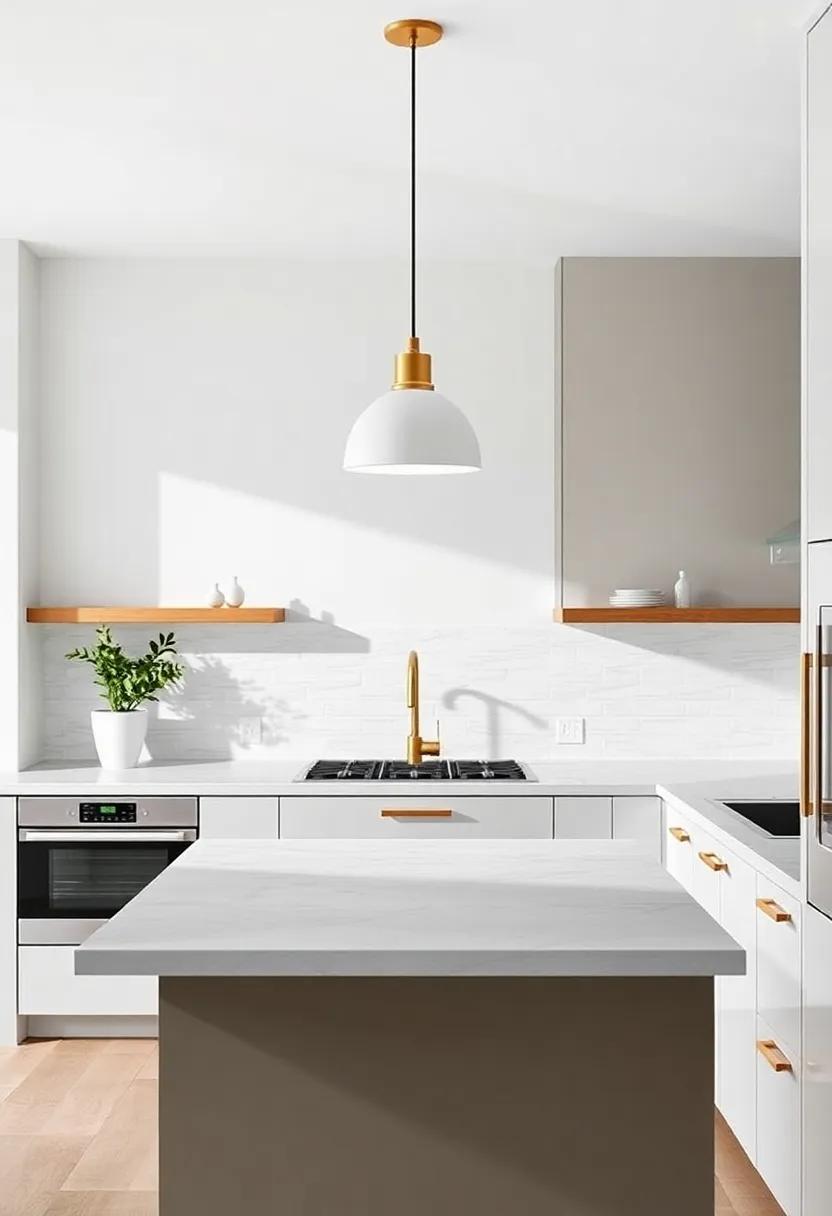
In the realm of kitchen design, symmetry and balance are often the unsung heroes that transform a functional area into a masterpiece. The midcentury modern aesthetic thrives on these principles, showcasing clean lines, open spaces, and a seamless flow that invites culinary creativity. By thoughtfully arranging elements such as cabinets, appliances, and islands, homeowners can achieve a harmonious layout that not only enhances the kitchen’s usability but also captivates the eye. Key features to consider include:
- Symmetrical Cabinet Placement: Flanking a central island with matching cabinetry creates a sense of order.
- Balanced Color Schemes: Employing a mix of muted tones with occasional bold splashes maintains visual interest without overwhelming the senses.
- Even Lighting Distribution: Positioning pendant lights above a kitchen island in groups fosters a balanced atmosphere.
Creating a balanced kitchen layout goes beyond mere aesthetics; it fosters functionality and comfort. Midcentury designs often incorporate natural materials and spacious layouts, allowing for effortless movement and interaction within the space.A well-thought-out arrangement not only elevates the kitchen’s appeal but also supports daily activities,ensuring that everything is within reach. To illustrate the impact of symmetry and balance, consider the following table, which compares two kitchen designs:
| Design Feature | Design A: Asymmetrical | Design B: Symmetrical |
|---|---|---|
| Cabinet Arrangement | Unbalanced with irregular spacing | Evenly flanked on either side |
| Color Palette | Bold pops without harmony | Soft tones complemented by accent colors |
| Lighting | Scattered sources creating shadows | Evenly distributed, enhancing warmth |
Nostalgic Materials: The Role of Wood and Metal in Midcentury Design
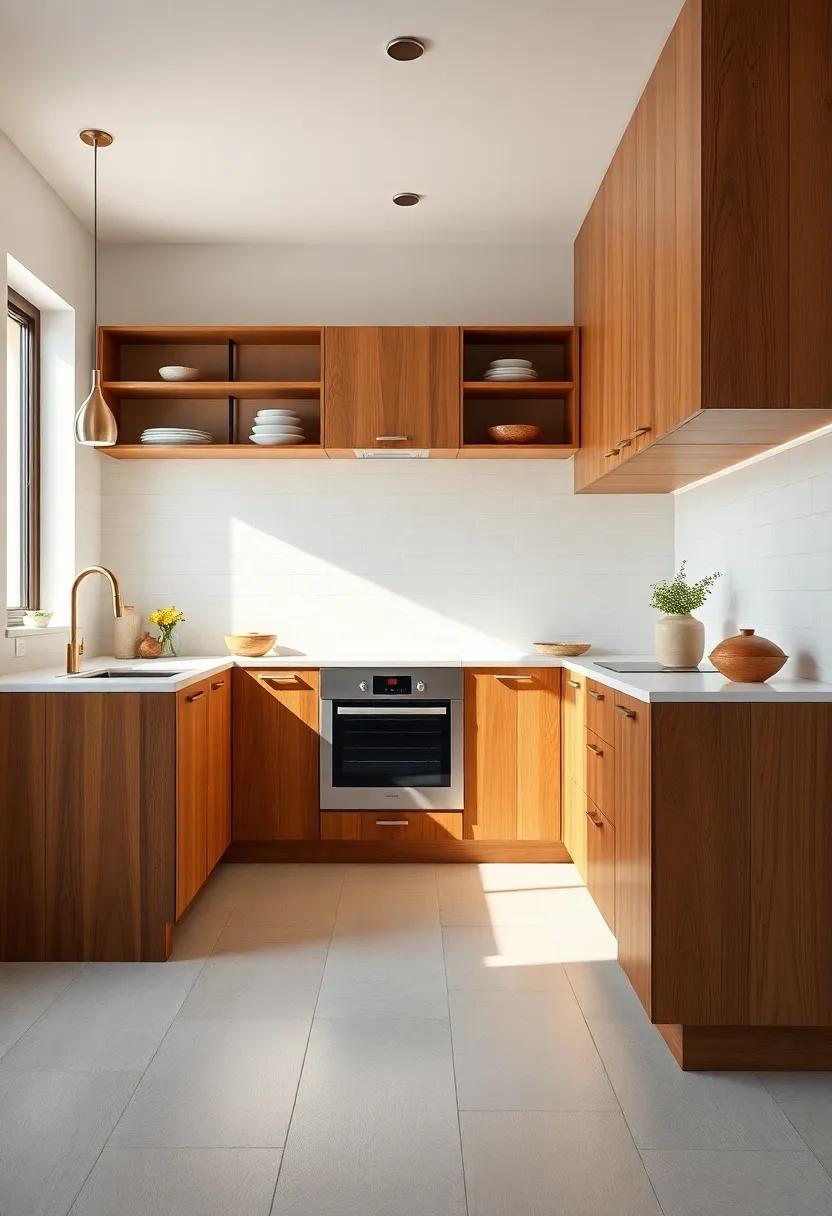
In midcentury design, materials such as wood and metal played a pivotal role in shaping the aesthetic and functionality of kitchens. The warmth and organic nature of wood not only offered a sense of comfort but also provided versatility in form and finish. Commonly used woods, including oak, walnut, and teak, allowed designers to craft cabinetry and furniture pieces that were both beautiful and enduring. The natural grains and textures of these woods enhanced the tactile experience within the kitchen while reflecting the era’s appreciation for craftsmanship and quality. Metal accents, often in the form of stainless steel or chrome, complemented wooden elements by introducing a sleek, modern edge. This combination fostered a harmonious balance between warmth and coolness,making the kitchen a welcoming hub for family and friends.
The use of these materials extended beyond mere aesthetics, contributing significantly to the innovative functionality that characterized midcentury kitchens. designers embraced the idea of open spaces, prioritizing functionality alongside style. Key features included:
- Integrated Storage: cabinets crafted from wood with metal hardware provided practical solutions without compromising design.
- open Shelving: Wooden shelves showcased decorative dishware while emphasizing simplicity.
- Mixed Materials: Combining metal countertops with wooden bases enhanced durability and ease of cleaning.
In this way, wood and metal were not just materials but integral components that defined midcentury kitchens as functional works of art.
Visualizing the Fusion of Functionality and Beauty in Kitchen Spaces
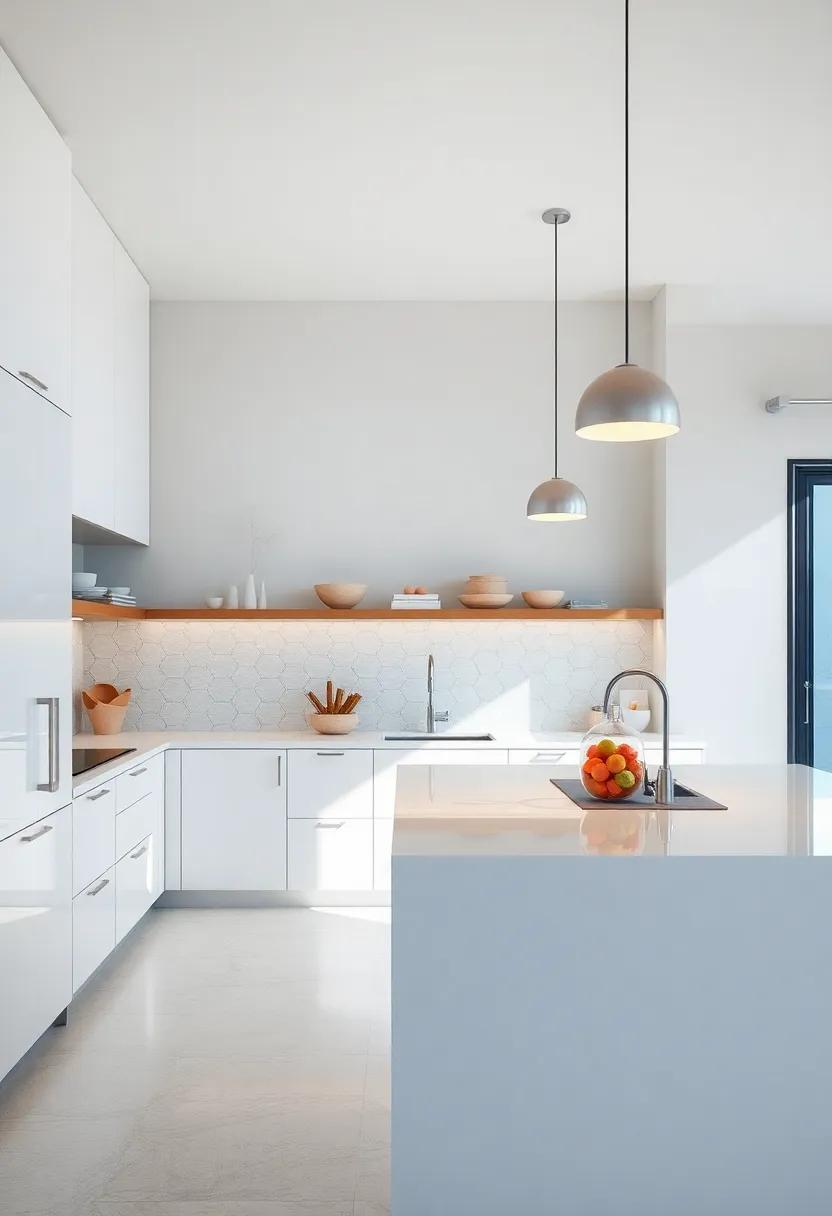
The elegance of midcentury modern kitchen design is a harmonious blend of form and function, inviting homeowners to revel in a space that is both practical and aesthetically pleasing. this design ethos emphasizes clean lines and organic shapes, creating a seamless flow that enhances usability while showcasing distinctive beauty. Elements such as sleek cabinetry,retro appliances,and natural wood finishes bring warmth and character to the heart of the home,transforming the kitchen into a sanctuary of style. When visualizing these spaces, one can embrace the serenity of muted color palettes paired with bold accents, ensuring each kitchen becomes a personal narrative of taste and lifestyle.
To effectively merge beauty and functionality, several key features define the midcentury modern kitchen:
- Open Floor Plans: Encouraging movement and interaction, maximizing light and space.
- Innovative Storage Solutions: Clever cabinetry that conceals utensils and appliances, maintaining a minimalist aesthetic.
- integrated Appliances: merging technology seamlessly into the design, enhancing both convenience and style.
| Feature | Description |
|---|---|
| Natural Materials | Use of wood, stone, and metal elements to create warmth. |
| Bold Lighting | Statement light fixtures that serve as both illumination and art. |
| Functional Layout | Efficient workflow design to enhance cooking and socializing. |
Finding Inspiration from Notable Midcentury Designers to Shape Your Kitchen
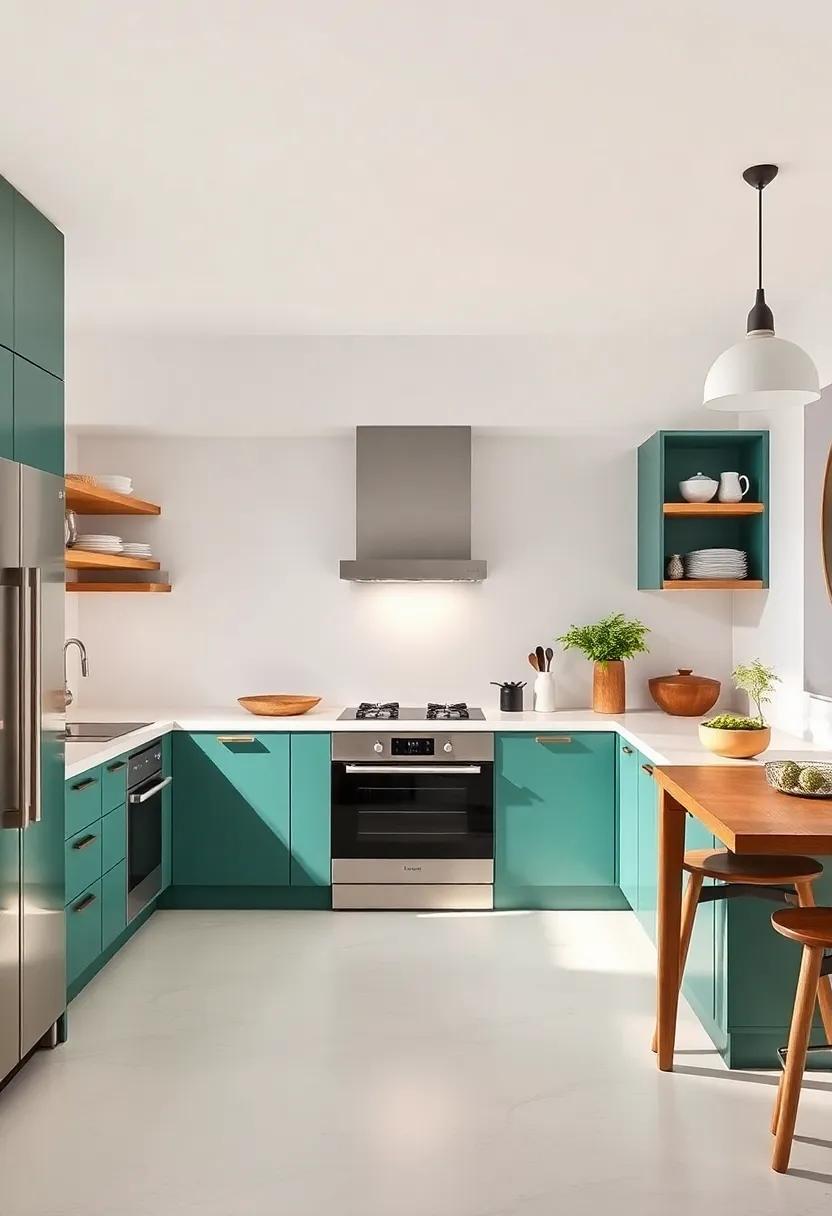
Drawing inspiration from renowned midcentury designers can transform your kitchen into a space that embodies both style and functionality.Icons like George Nelson and Charles and Ray Eames revolutionized design with their innovative use of materials and forms. To integrate their philosophy into your kitchen, consider incorporating elements such as:
- Bold colors: Embrace vibrant hues reminiscent of the 1950s.
- Natural materials: use wood, metal, and glass to reflect a harmonious connection to nature.
- Sleek lines: Favor simplicity and minimalism in cabinetry and furniture.
Additionally, pay homage to midcentury modernism by selecting key pieces that capture the era’s essence. Such as, a vintage dining table can serve as a focal point while complementing modern appliances. Here’s a simple breakdown of essential design features:
| Design Feature | Description |
|---|---|
| Open Layout | Encourages social interaction and fluid movement. |
| Integrated Technology | Sleek appliances that blend seamlessly into cabinetry. |
| Iconic Lighting | Statement fixtures that illuminate while adding character. |
Imagining a Space Where Tradition Meets Modernity in Design Choices
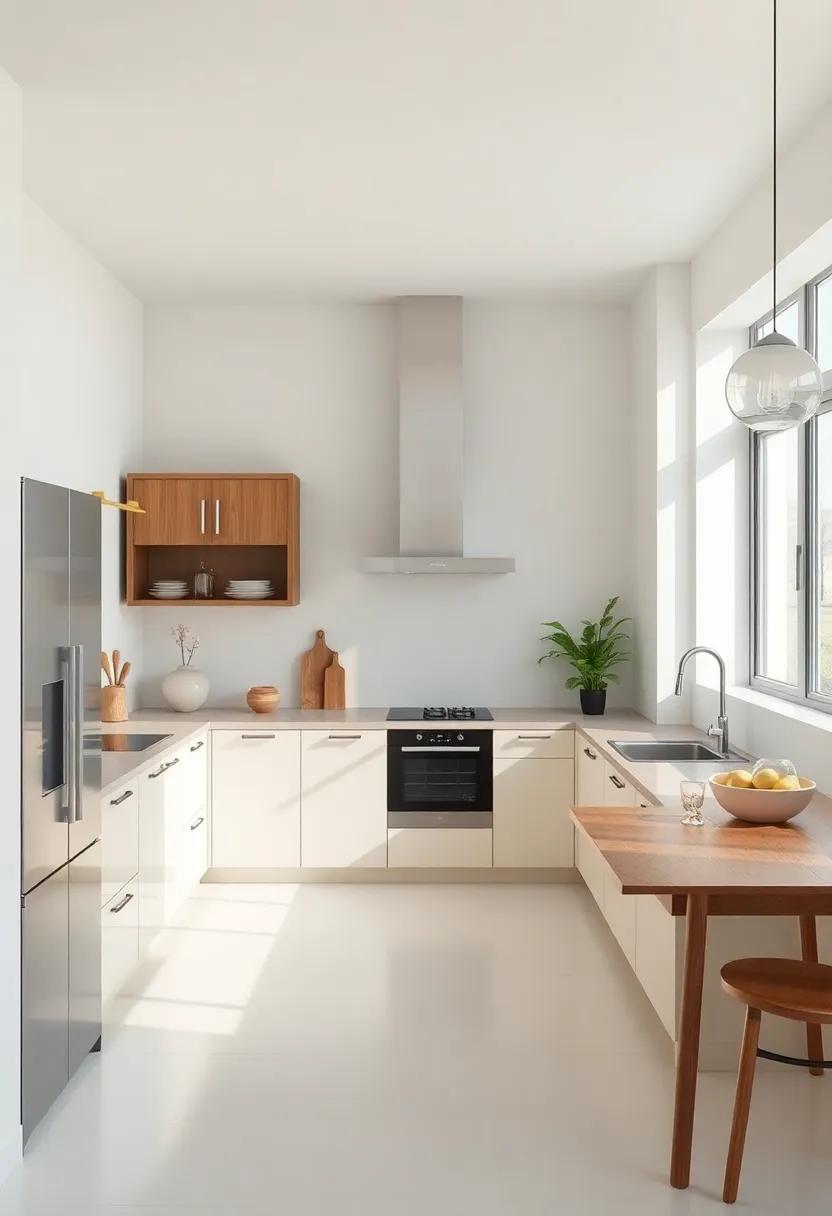
In the heart of a midcentury modern kitchen, the delicate balance between tradition and innovation creates a unique atmosphere that resonates with warmth and nostalgia. The use of natural materials,such as wooden cabinetry and stone countertops,pays homage to craftsmanship while seamlessly integrating modern functionalities.The charming line of sleek appliances is often complemented by bold, vibrant colors that evoke a sense of playfulness, inviting creativity in cooking while maintaining an overall sense of harmony.This harmonious blend fosters a space where family traditions can flourish alongside contemporary culinary innovations.
Key elements of midcentury modern kitchens bring out this fascinating juxtaposition:
- Open layouts: Encouraging interaction and flow, perfect for family gatherings.
- Iconic Furniture: Pieces like the Eames chair serve as functional art within the space.
- Natural Light: Large windows enhance the connection with the outdoors, illuminating both conventional and contemporary elements.
- Geometric Patterns: Tiles and textiles that reflect artistic influences while adding a modern edge.
| Element | Description |
|---|---|
| Wood Accents | Bringing warmth and a touch of nature indoors. |
| Minimalist Fixtures | Sleek designs that maintain the aesthetic without clutter. |
| Color Palette | Earthy tones contrasted with pops of vibrant hues. |
in summary
As we draw the curtain on our exploration of midcentury modern kitchen design,it becomes clear that this aesthetic transcends mere nostalgia. it invites us to embrace a harmonious blend of form and function,where each element serves a purpose while exuding distinctive style. The allure of these kitchens lies not just in their iconic silhouettes or vibrant color palettes,but in their ability to create spaces that foster connection and creativity.
In a world that frequently enough feels rushed and cluttered,midcentury modern kitchens remind us of the importance of thoughtful design and the joy of simplicity. Whether you’re embarking on a renovation or simply seeking inspiration, the principles of this timeless style can breathe new life into your culinary space, encouraging you to savor every moment spent within its walls. So, let the warmth of wood, the elegance of clean lines, and the charm of retro details guide your journey as you create a kitchen that is not only functional but also a reflection of your own story. Embrace the allure, and may your kitchen become a canvas for both culinary adventures and cherished memories.

